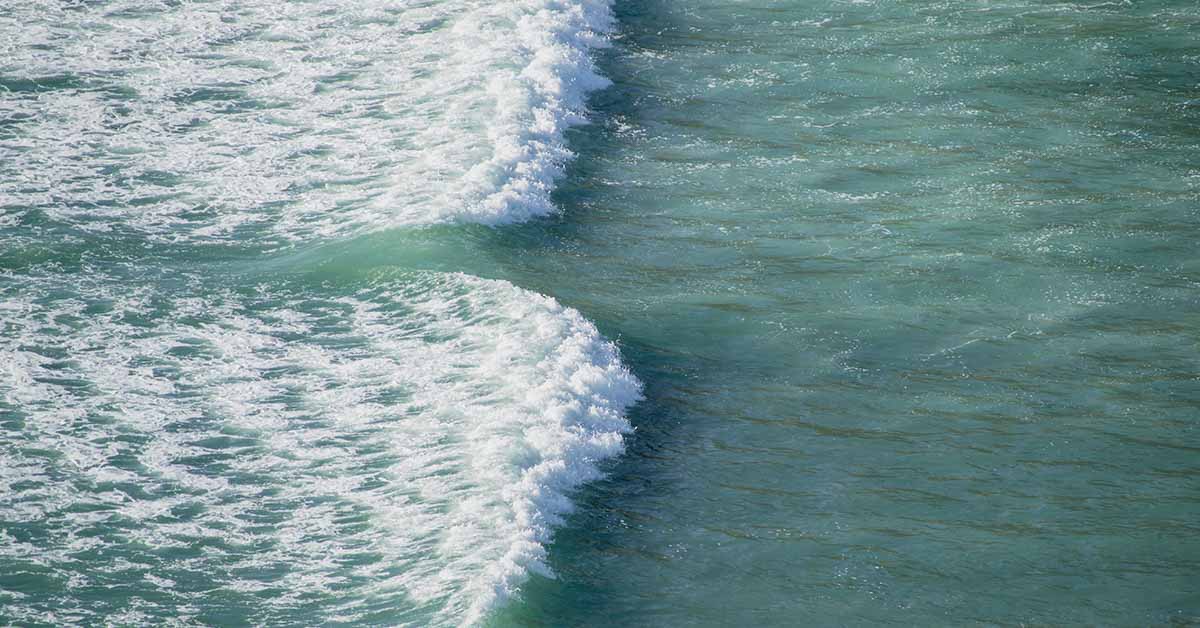Many people have the desire to take a beach vacation, however, not all coastlines provide the tranquil paradise that one could hope for. There are beaches all around the world that are the most unsafe places for gullible tourists because of their notoriously deadly conditions. These beaches provide special risks that necessitate caution and respect for the natural forces of nature, from strong rip currents to dangerous fauna. Prepare yourself for tales of tall waves, powerful undertows, and other erratic factors that make these coastal places both appealing and potentially dangerous as we delve into the list of the most dangerous beaches.
1. Bikini Atoll Beach (Marshall Islands)
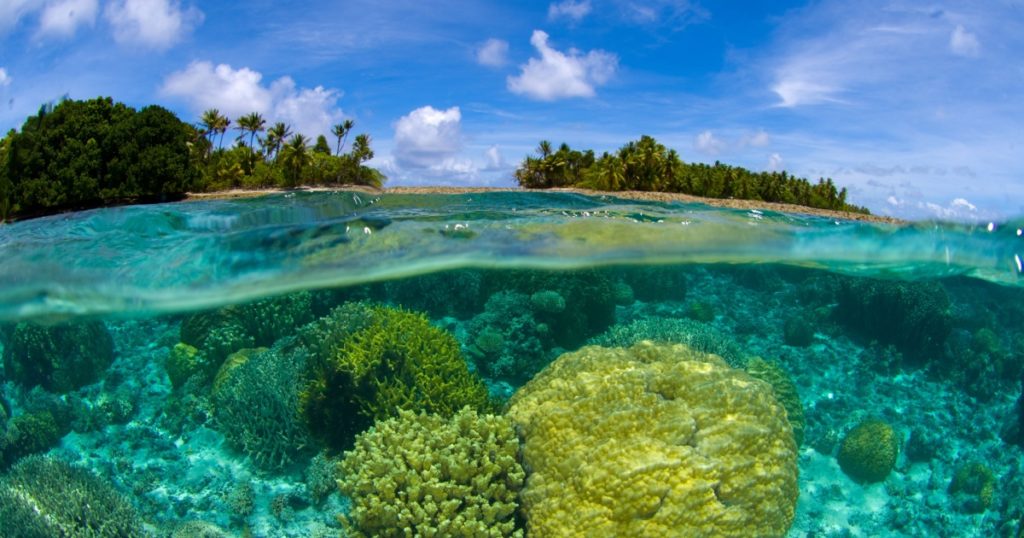
The Marshall Islands Bikini Atoll Beach has a turbulent past that includes nuclear testing in the middle of the 20th century. The beach may be hazardous despite its tropical charm because of residual radiation levels, which could endanger beachgoers’ health. While visiting this unusual but potentially dangerous location, visitors are strongly encouraged to follow safety instructions and respect any restricted sections to ensure their well-being.
Read More: 25 Destinations Being Ruined By Excessive Tourism
2. Staithes (Yorkshire)
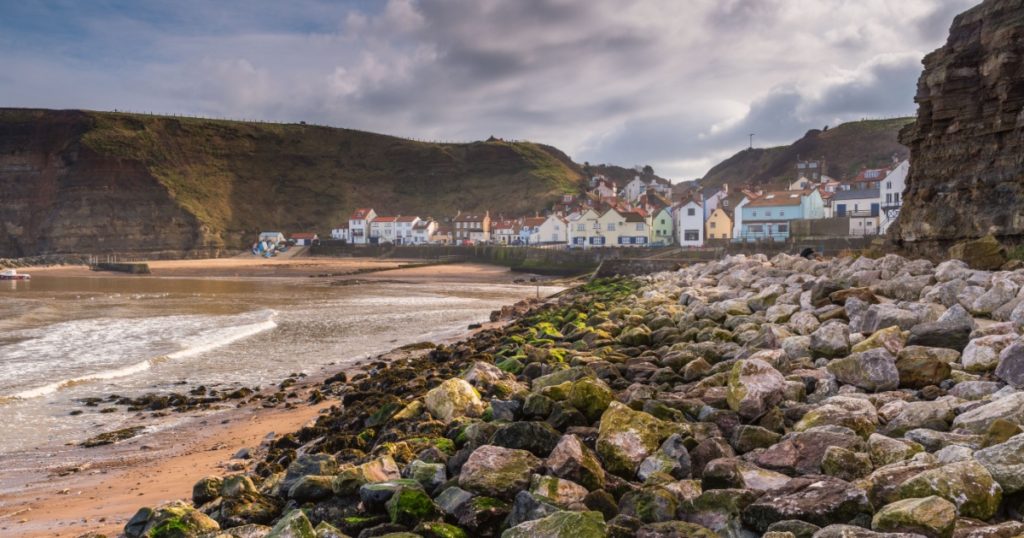
Nestled along the Yorkshire coast, the little fishing community of Staithes is well-known for its medieval houses and gorgeous port. But the beach can also be dangerous because of its slick, high cliffs that could result in rockfalls. This means that when exploring coastal areas, one should exercise caution and follow safety precautions.
3. Alappuzha Beach (India)
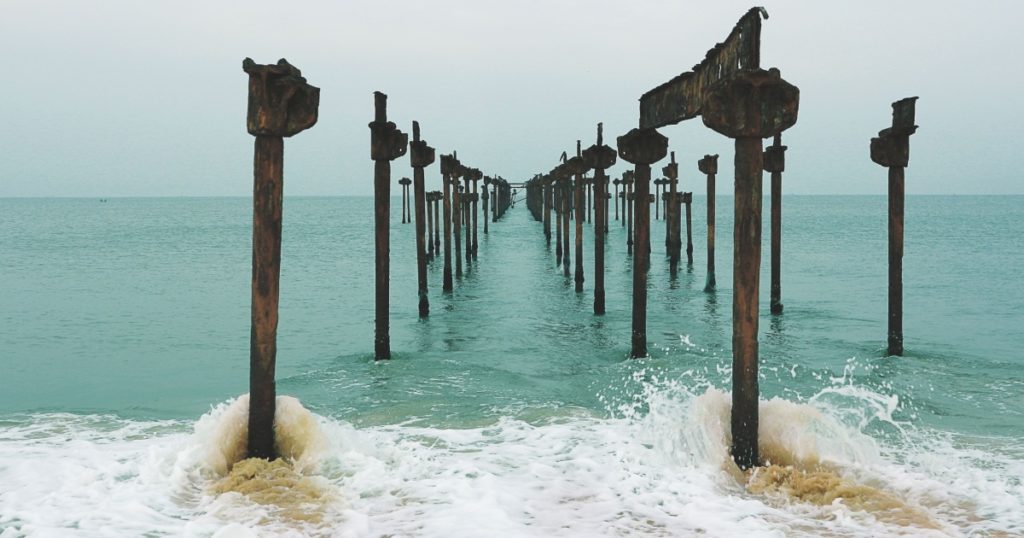
Kerala is home to the well-liked Alappuzha Beach, India, which is known for its picturesque scenery and tranquil backwaters. But there can be problems at the beach, especially in the monsoon season when swimmers are at risk from strong currents and erratic tides. When visiting Alappuzha Beach, visitors should be cautious, especially in inclement weather, and follow safety precautions.
4. Schitovaya Bukta Beach (Russia)
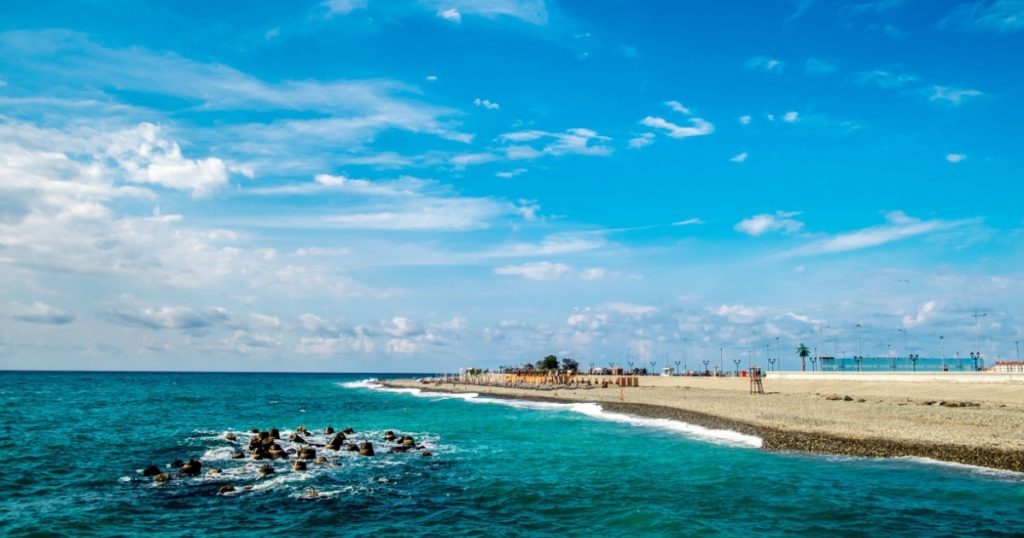
Russia’s Schitovaya Bukhta Beach is a charming seaside location beside the Sea of Japan. But because of its isolated location and erratic weather, which can include strong winds and choppy waves, the beach can be dangerous. As such, tourists should exercise caution and preparation when visiting this lovely but possibly dangerous place.
5. Cable Beach (Australia)
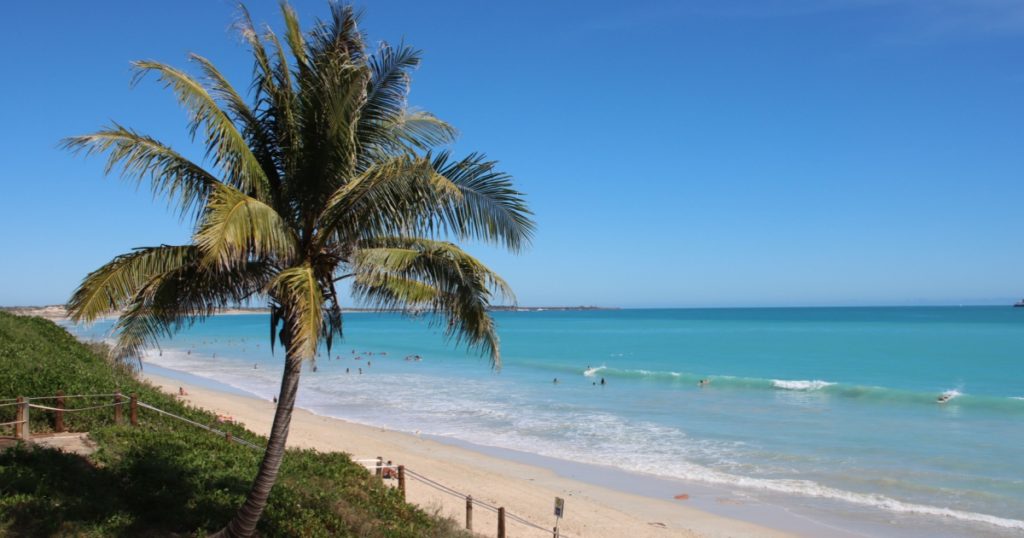
Cable Beach is a well-known destination in Broome, Western Australia, known for its immaculate white sands and breathtaking sunsets. However, there are risks associated with the beach as well. During some seasons, box jellyfish throng the area, which could endanger swimmers. To enjoy Cable Beach responsibly, visitors should use caution, especially during jellyfish season, and follow safety instructions.
6. Jurassic Coast (Devon/Dorset)
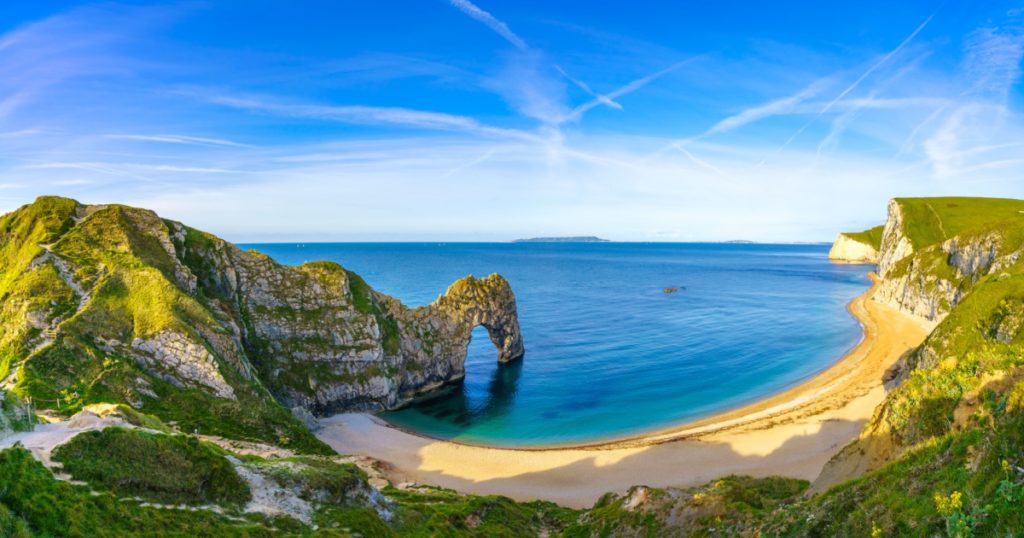
The UK’s Devon and Dorset coastlines make up the Jurassic Coast, which is well-known for its fossil-rich cliffs and other geological wonders. The coastline may be dangerous despite its alluring beauty because of the possibility of landslides and rockfalls. For a safe coastal experience, it is crucial to remain alert and steer clear of potentially unstable places.
Read More: Boeing 737 Mysteriously Discovered In Random Field And No One Knows How It Got There
7. Damiesha Beach (China)
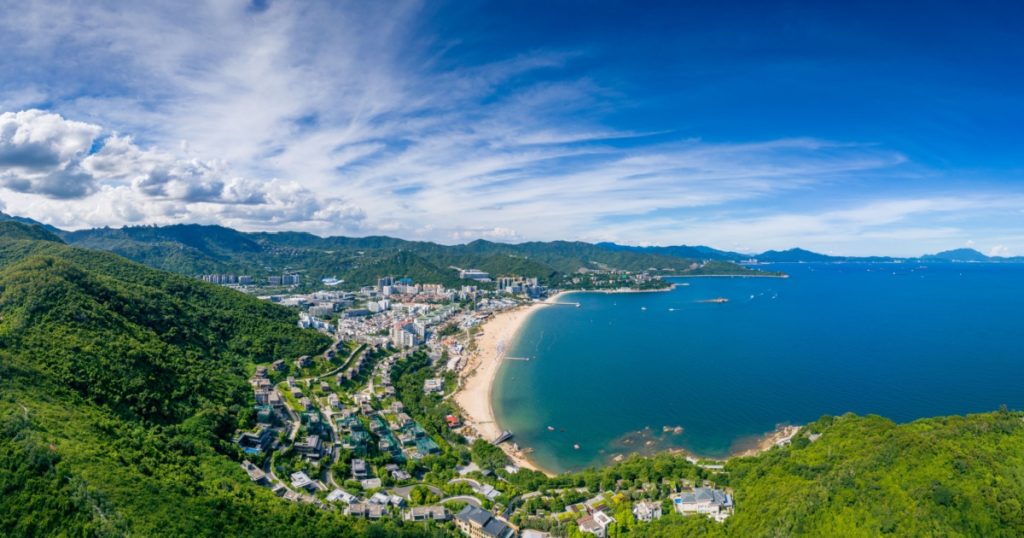
The Chinese coastal city of Shenzhen is home to Dameisha Beach, which is well-known for its lively environment and beautiful sands. But despite its pleasant appearance, there could be problems for swimmers due to the beach’s vulnerability to strong currents and abrupt tidal fluctuations. To enjoy Dameisha Beach safely, visitors should use caution, be aware of the local conditions, and follow safety instructions.
8. Maho Beach (The Caribbean)
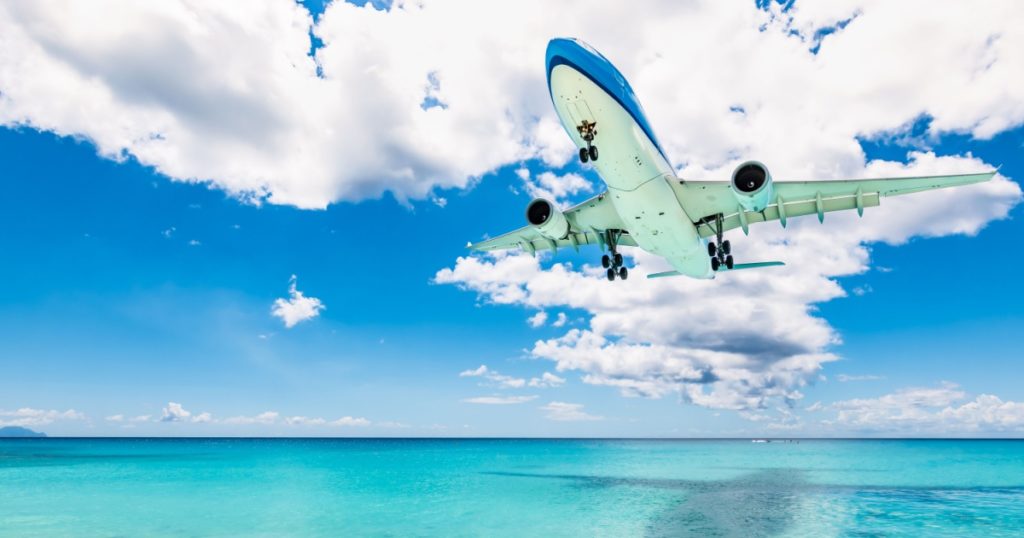
Maho Beach, on the Dutch side of Saint Martin in the Caribbean, is well-known for being close to Princess Juliana International Airport, which provides a unique experience of seeing jets fly low over the sandy beach. Nevertheless, there is a chance of danger associated with this exciting show. If beachgoers are not careful, the jet blast from the departing aircraft might cause turbulence and strong gusts, which could end in injury. It is important for visitors to take great care and follow safety protocols in order to enjoy the aviation show appropriately.
9. Utakleiv Beach (Norway)
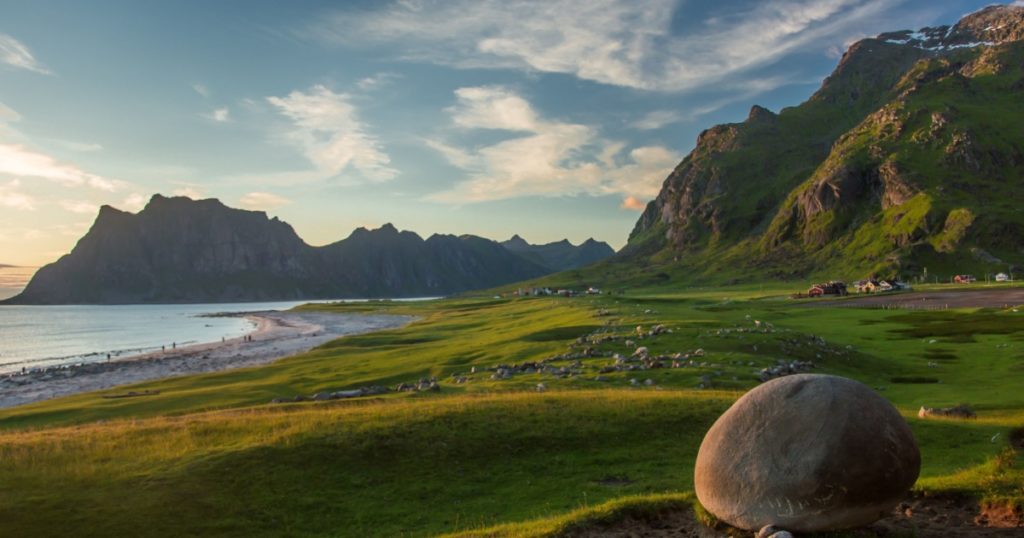
Tucked away in Norway’s breathtaking scenery, Utakleiv Beach is a mesmerizing location. Its charms, nevertheless, might be deceiving because swimming can be dangerous due to the chilly Arctic seas and powerful currents. To properly appreciate Utakleiv Beach’s beauty, visitors should use prudence and keep up to date on local circumstances.
10. Virginia Beach (Virginia)
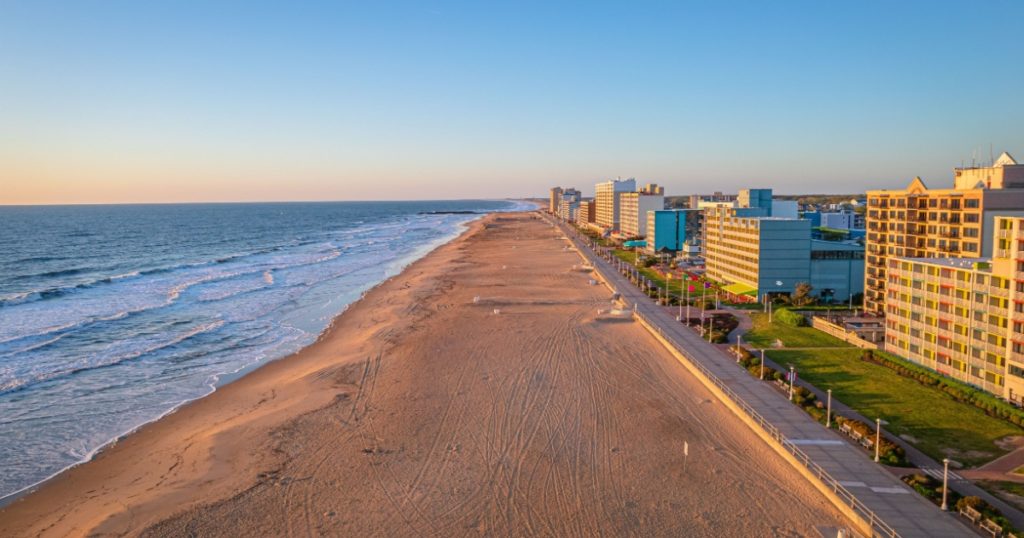
Visitors should be mindful of the potential risks associated with Virginia Beach despite its scenic shoreline that runs along the Atlantic Ocean. Strong rip currents and abrupt weather variations are common in the area, making swimming dangerous and necessitating caution to protect beachgoers.
11. Second Beach (Port St. John’s)
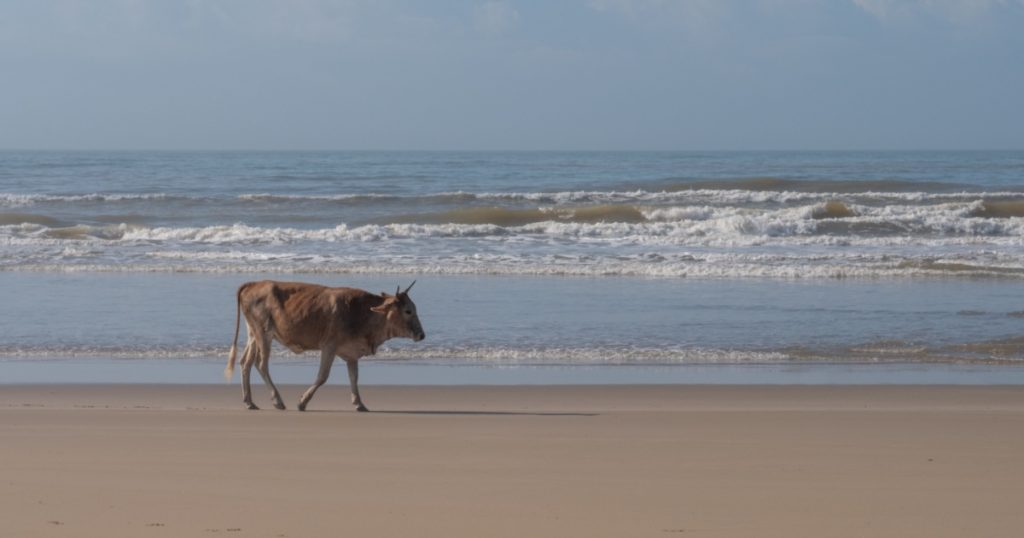
Along the Wild Coast, Second Beach in Port St. Johns, South Africa, offers breathtaking beauty. For a safe and secure seaside experience, beachgoers must use caution, remain in designated safe areas, and be mindful of local warnings. The beach can be dangerous due to powerful rip currents and the presence of sharks.
12. Lamu Island Beach (Kenya)
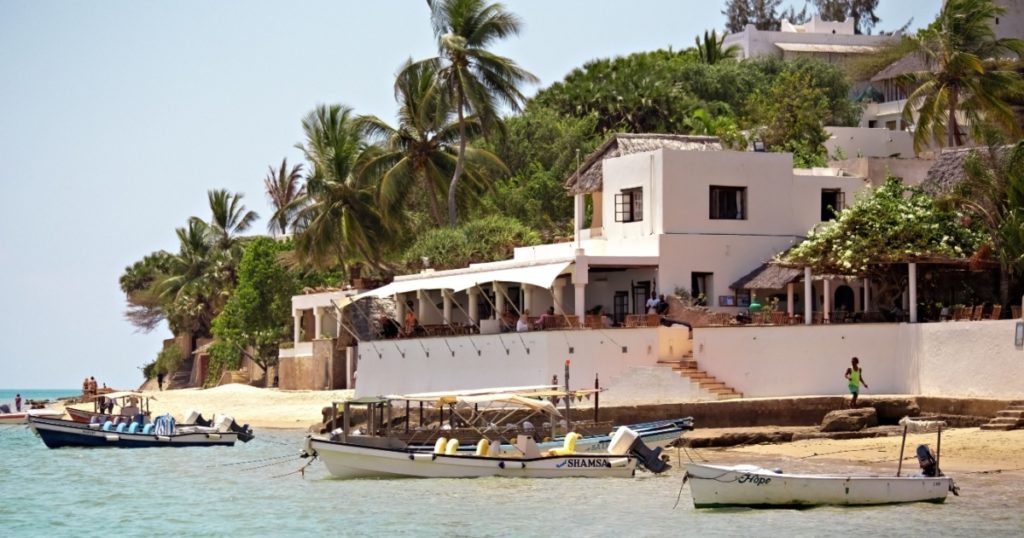
Kenya’s Lamu Island Beach is well-known for both its unspoiled coastal scenery and rich cultural legacy. However, because of the violent saltwater crocodiles that inhabit the nearby waters, the beach can be perilous. As such, beachgoers should take extra precautions and follow safety protocols to ensure a safe and secure seaside experience.
Read More: 7 Places to Visit Before You Leave This World
13. New Smyrna Beach (Florida)
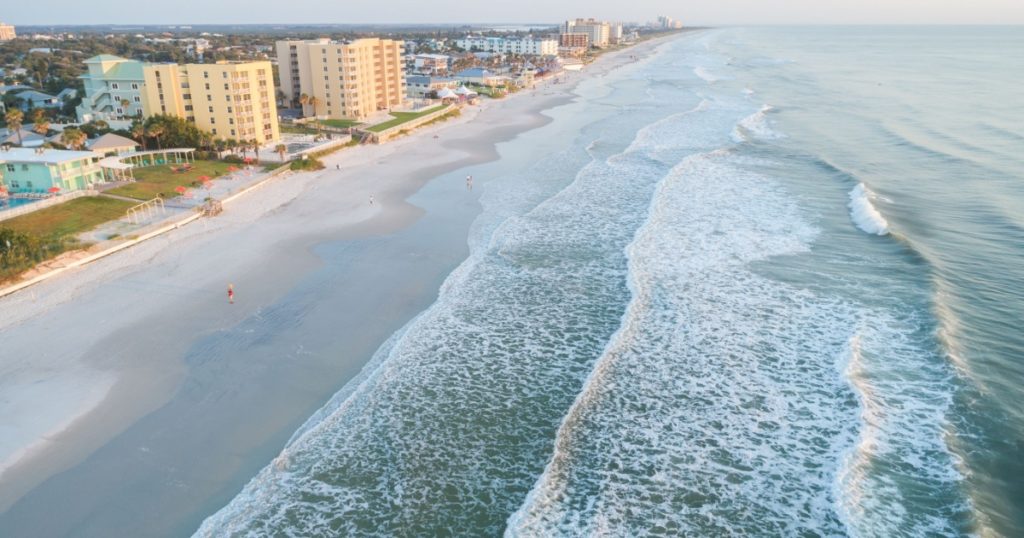
Florida’s New Smyrna Beach is a well-liked vacation spot with a long Atlantic Ocean shoreline. But because of the beach’s high rate of shark attacks, it’s important for visitors to be mindful of their surroundings, abide by safety precautions, and take as little risk as possible when having fun in the water.
14. Playa Zipolite Beach (Mexico)
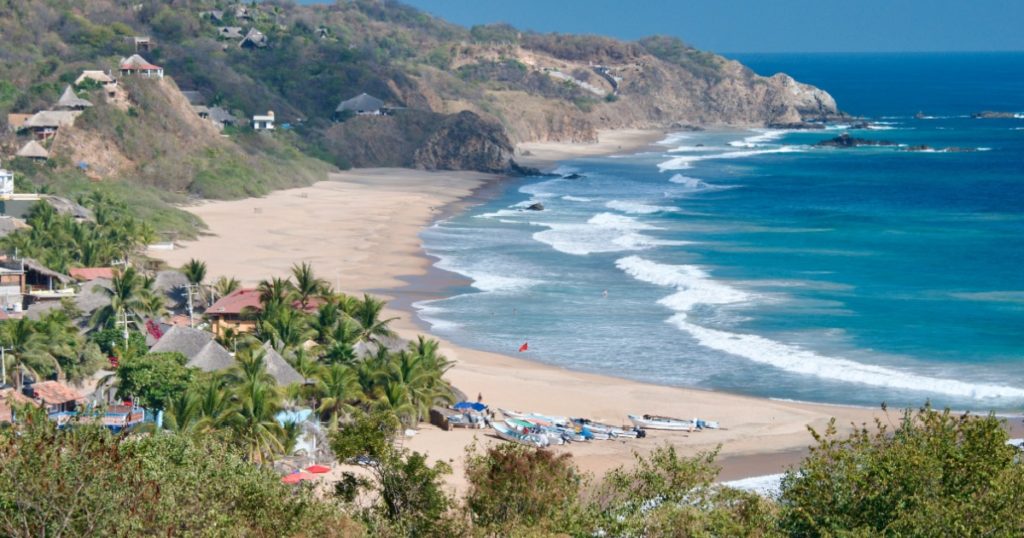
Mexico’s Playa Zipolite Beach is well-known for both the strong waves of the Pacific and its laid-back vibe. However, swimmers should be aware that the beach can be dangerous due to strong currents and undertows. For a safe seaside experience, beachgoers should use caution, abide by local safety regulations, and be aware of potentially hazardous surf conditions.
15. North Sentinel Island Beach (Bay of Bengal)
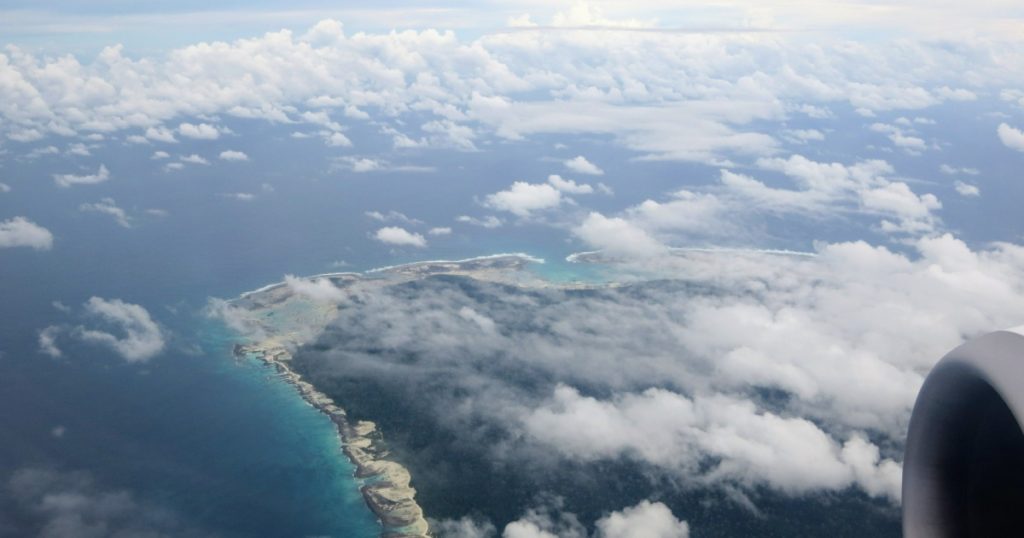
The Sentinelese are remote, uncontacted people who live on North Sentinel Island in the Bay of Bengal and are well-known for their animosity toward strangers. Because of the Sentinalese people’s possible threat, the island’s beach can be dangerous for beachgoers, and it is strongly discouraged to visit or approach the island.
16. Costa Del Sol (Spain)
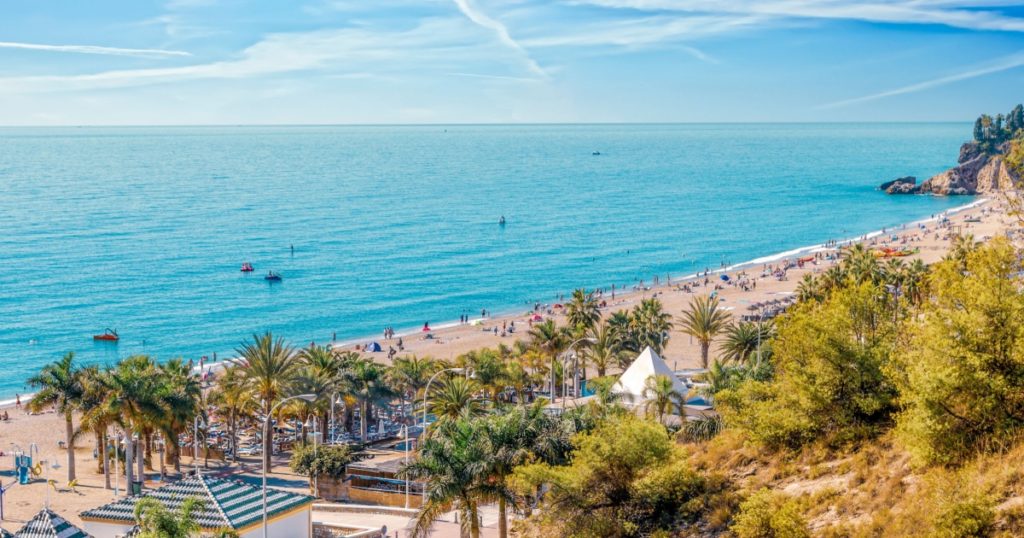
Spain’s Costa del Sol is well-known for its breathtaking Mediterranean coastline and exciting travel spots. Beachgoers should exercise caution due to strong sea currents and the possibility of jellyfish stings, even with its popularity. To ensure a safe and secure seaside experience, it is important to be informed of local conditions and follow safety standards.
17. Chowpatty Beach (Mumbai)
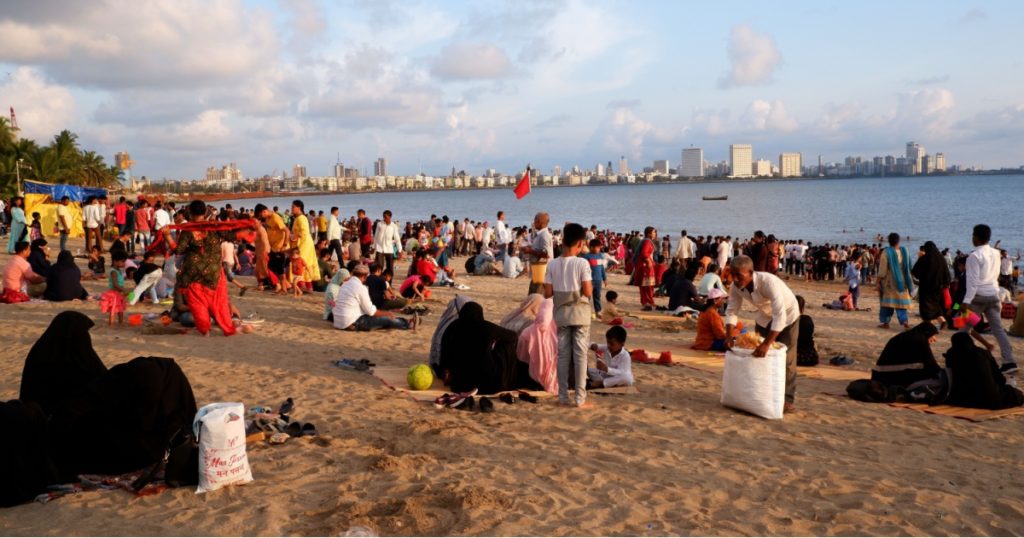
Mumbai, India’s Chowpatty Beach, is well-known for its lively environment and cultural activities. However, because of pollution levels and worries about the cleanliness and quality of the water, the beach may be harmful. As such, beachgoers should take precautions and practice good hygiene to ensure a fun and safe stay.
18. Heard Island Beach (Australia)
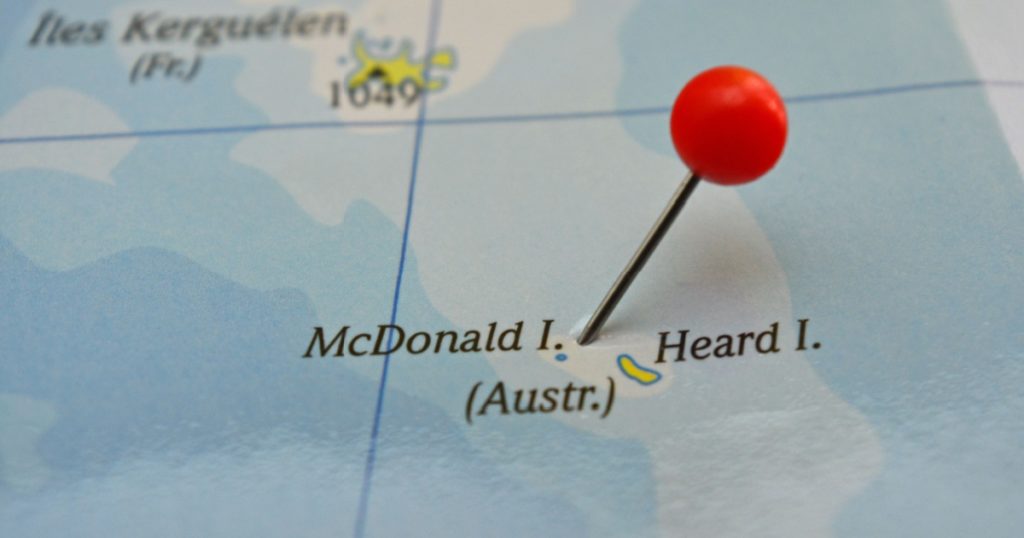
Heard Island is an Australian territory located in the southern Indian Ocean. It is an isolated place with rough terrain. It lacks public beaches, but the surrounding waters are dangerous due to icebergs, severe currents, and extremely cold temperatures. As a result, beach access is exceedingly risky, and marine activities in the area should be done with extreme caution.
Read More: People Share What They Think Are the Biggest Mistakes in Human History
19. Hanakapiai Beach (Hawaii)
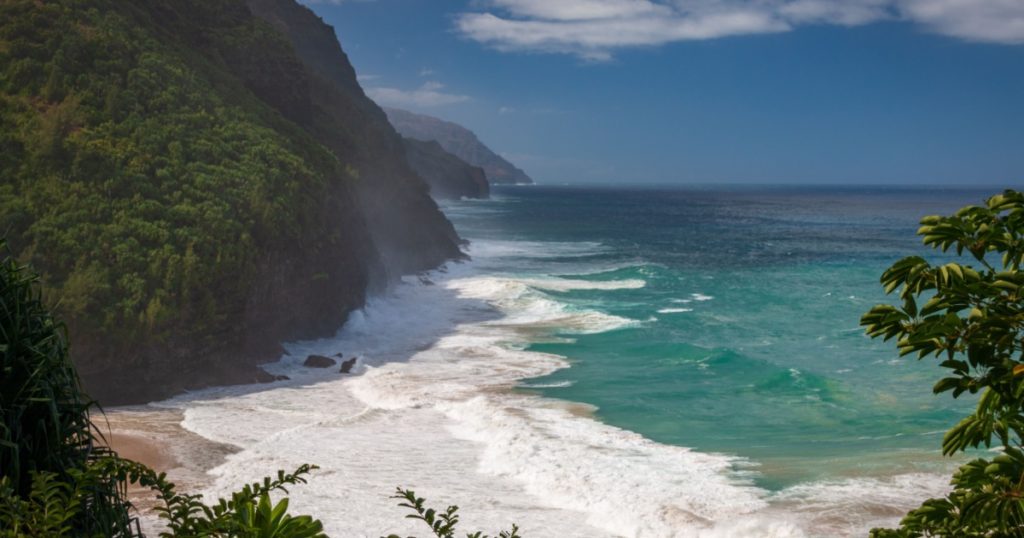
The Hawaiian island of Kauai’s Hanakapiai Beach is well-known for its isolated setting along the Na Pali Coast and stunning landscape. But because of strong rip currents and rough seas, beachgoers should be extremely cautious, pay attention to warning signs, and stay out of the water because drowning is a serious concern.
20. Praia de Boa Viagem Beach (Brazil)
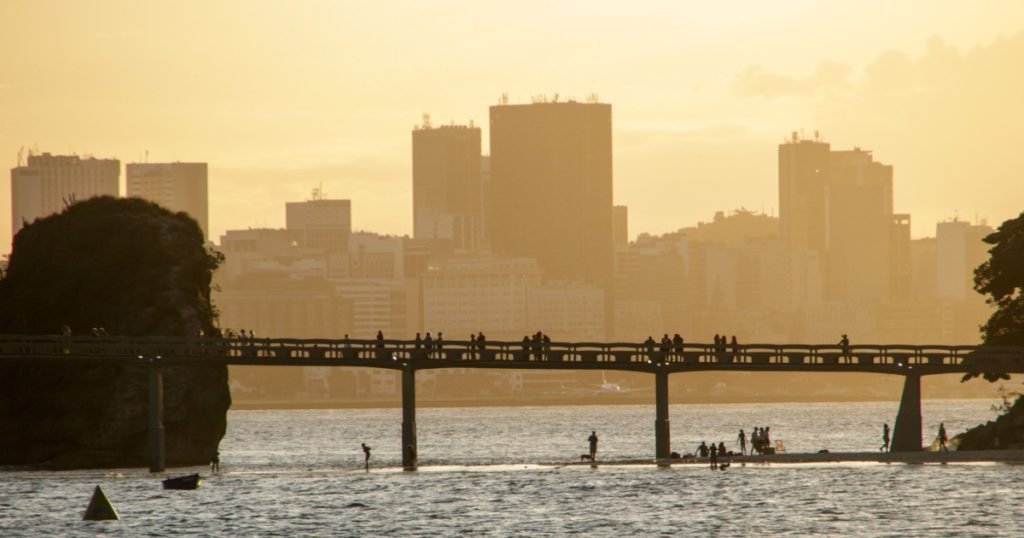
Recife, Brazil’s Praia de Boa Viagem Beach is well known for both its urban coastal attractiveness and lively culture. However, because bull sharks are known to frequent the shallow waters of the beach, it has become notorious for shark attacks. As a result, beachgoers must use caution, pay attention to local warnings, and stick to designated safe areas in order to reduce the risks associated with marine life.
21. Camber Sands (Essex)
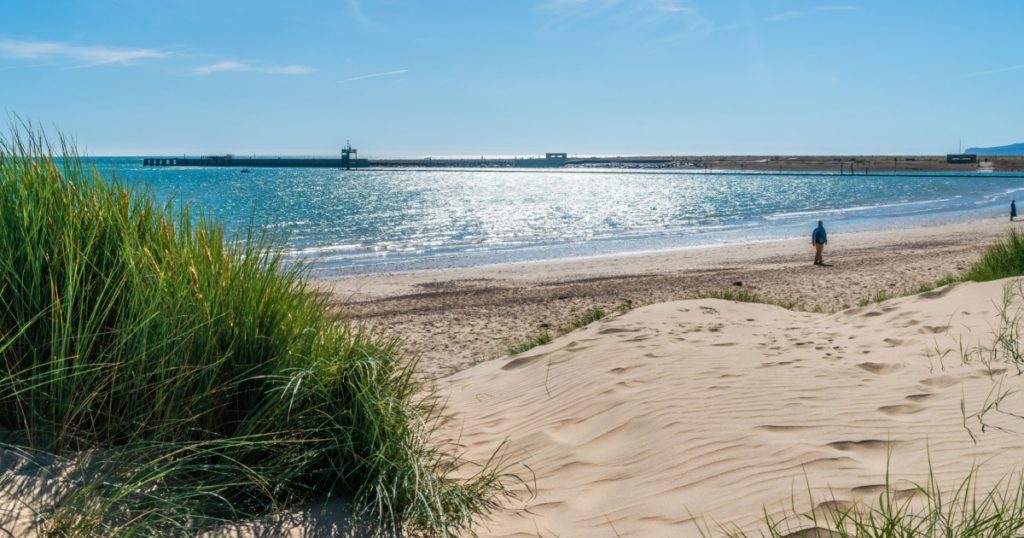
The stunning dunes and expansive length of golden sand in Essex, England’s Camber Sands are well-known. But because of the high tidal currents and the possibility of quicksand in some places, the beach can be dangerous. As such, guests should use caution, follow safety precautions, and be aware of the particular risks presented by the beach’s distinctive features.
22. Myrtle Beach (South Carolina)
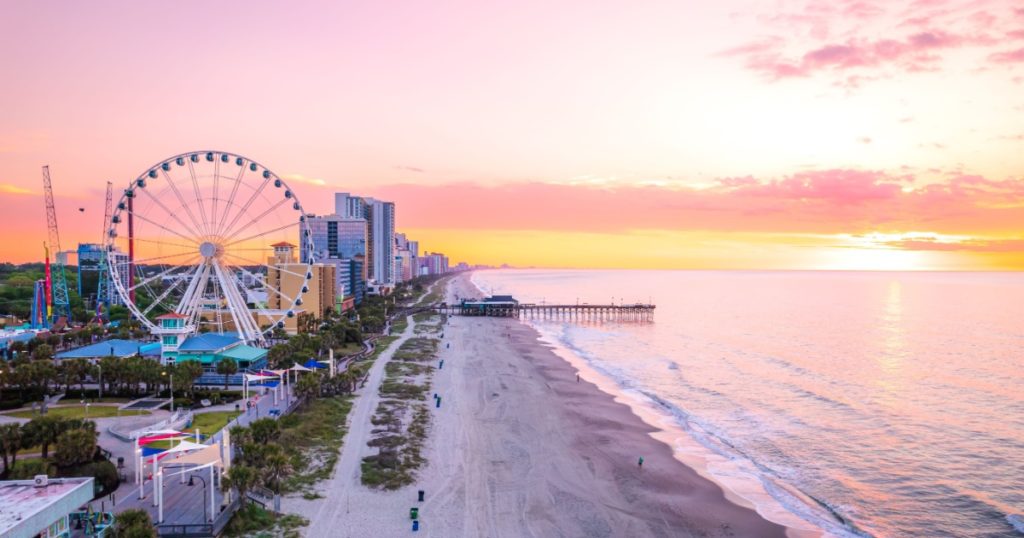
South Carolina’s Myrtle Beach is a well-liked East Coast vacation spot because of its long shoreline and lively environment. Strong rip currents and sporadic hurricanes can be dangerous at the beach, so it’s critical for beachgoers to be aware of the local weather and use caution when swimming in order to have a safe and enjoyable day at the shore.
23. Skeleton Coast Beach (Namibia)
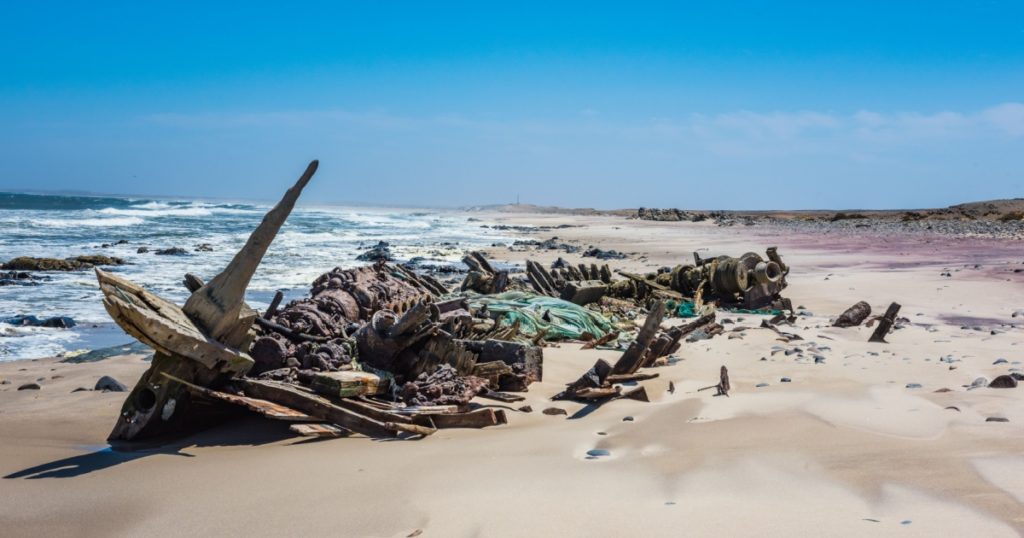
Namibia’s Skeleton Coast Beach is well known for its unusual animals, shipwrecks, and unearthly scenery. Strong Atlantic currents, dense coastal fogs, and the existence of sizable seal colonies can make the beach dangerous, therefore visitors must use caution and awareness in order to safely negotiate its obstacles.
24. West End Beach (Bahamas)
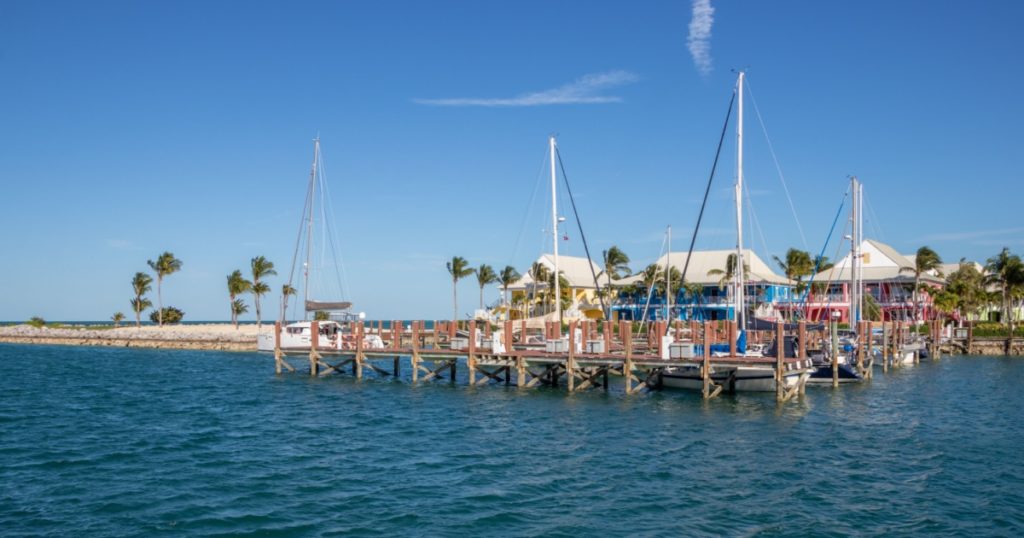
The Bahamas’ West End Beach is renowned for its serene beauty and crystal-clear turquoise waves. Strong currents, however, make the beach potentially dangerous; therefore, beachgoers should use caution and knowledge of water safety to guarantee a safe and pleasurable visit.
Read More: The Unsolved Mysteries of Skeleton Lake in the Himalayas
25. Réunion Island (Indian Ocean)
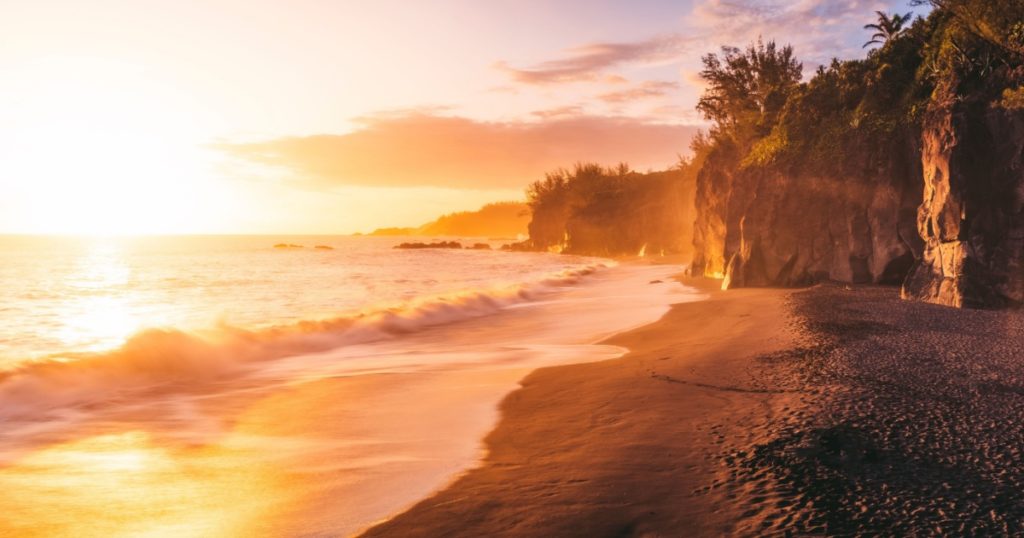
The Indian Ocean’s Réunion Island is home to breathtaking scenery, including charming beaches and volcanic formations. But because sharks are known to frequent the island’s seas, swimming at some of the beaches could be risky. To guarantee a secure time by the water, guests should heed local advisories, follow safety precautions, and take into account the unique difficulties of the island.
26. Juhu Beach (Mumbai)
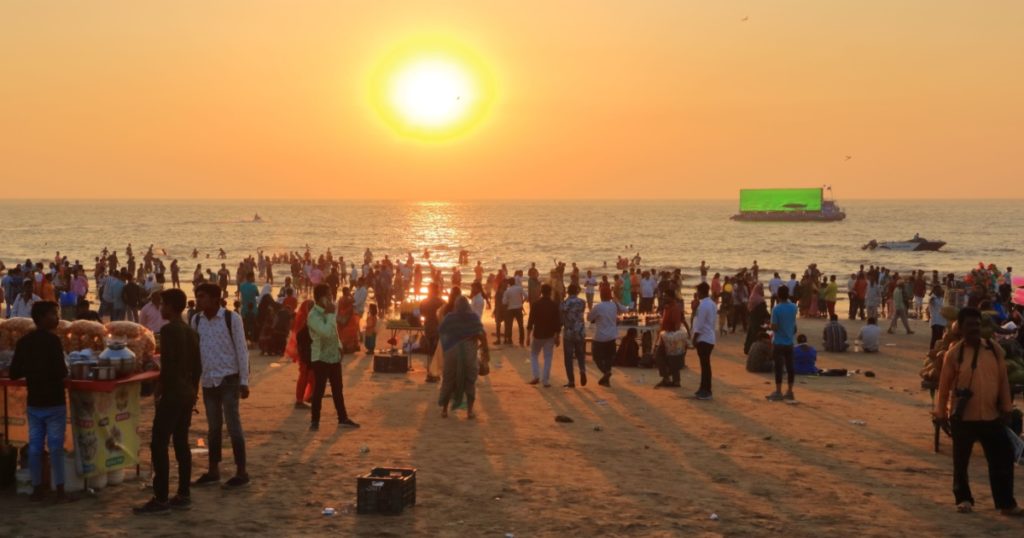
Situated in the vibrant metropolis of Mumbai, India, Juhu Beach is a well-liked spot renowned for its wide shoreline and energetic ambiance. To ensure a safe and enjoyable visit, beachgoers must exercise caution, follow safety precautions, and be aware of any environmental threats. The beach can present dangers such as strong currents and pollutants.
27. Copacabana Beach (Brazil)
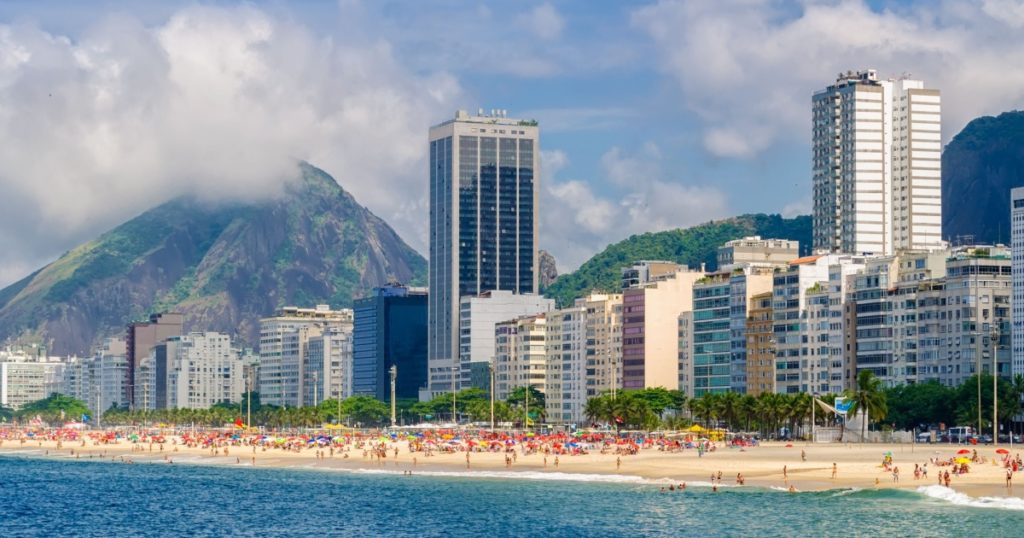
Rio de Janeiro, Brazil’s Copacabana Beach is well-known throughout the world for its breathtaking coastline and lively environment. Despite its popularity, the beach can be dangerous due to heavy waves and sporadic rip currents. As such, beachgoers should use caution, adhere to safety precautions, and be aware of shifting sea conditions to ensure a safe visit.
28. Fraser Island Beach (Queensland)
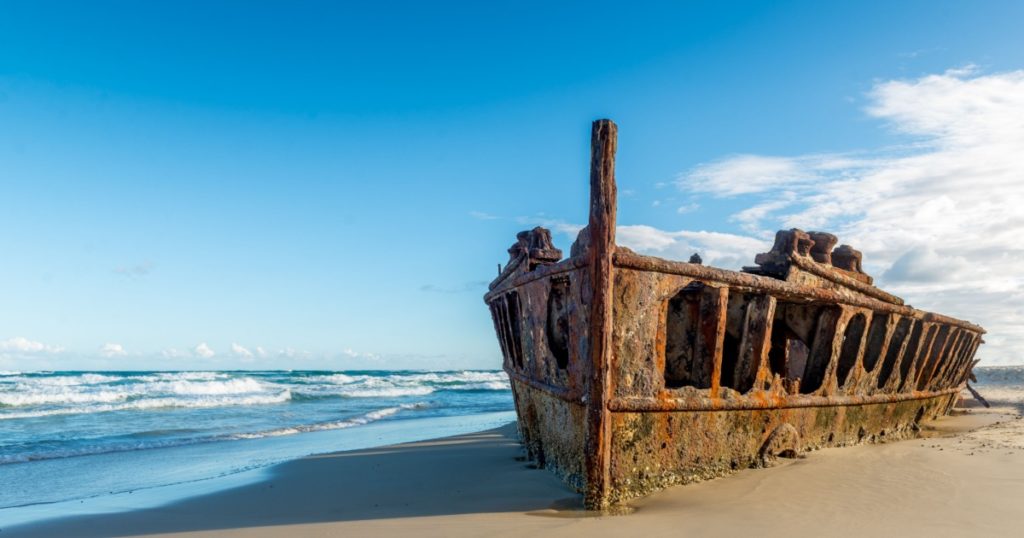
The Australian state of Queensland is home to Fraser Island Beach, which is renowned for its immaculate sands and varied ecosystems. But because dingoes are wild, possibly hostile dogs that are unique to the island, the beach can be dangerous. To protect beachgoers, it is crucial to recognize and appreciate the fauna in the area.
29. Gansbaai Beach (South Africa)
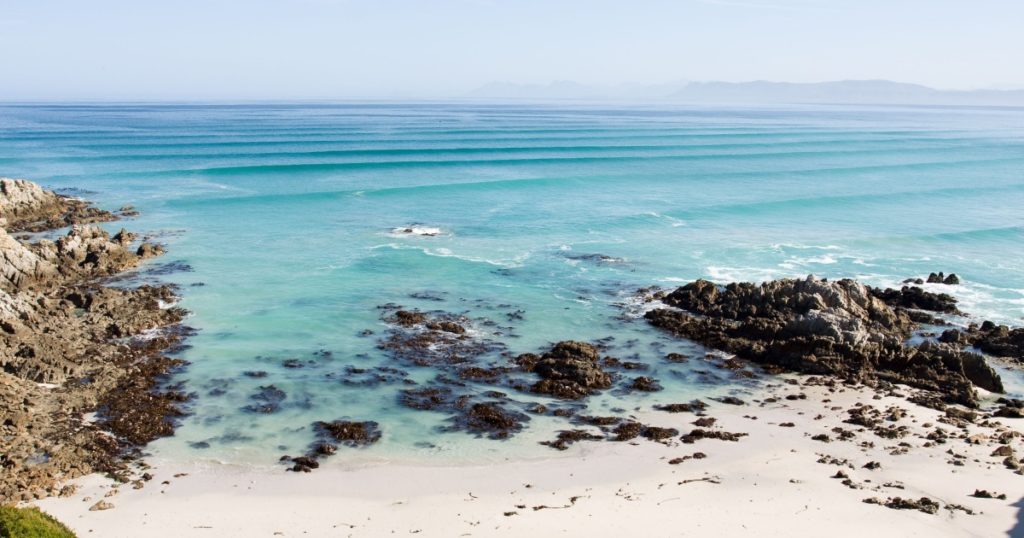
South Africa’s Gansbaai Beach is well-known for its breathtaking coastline landscape and is located close to Shark Alley, a noted great white shark habitat. Because these apex predators inhabit the seas surrounding Gansbaai Beach, swimmers should exercise caution and follow safety protocols to reduce the chance of encountering sharks.
30. Kilauea Beach (Hawaii)
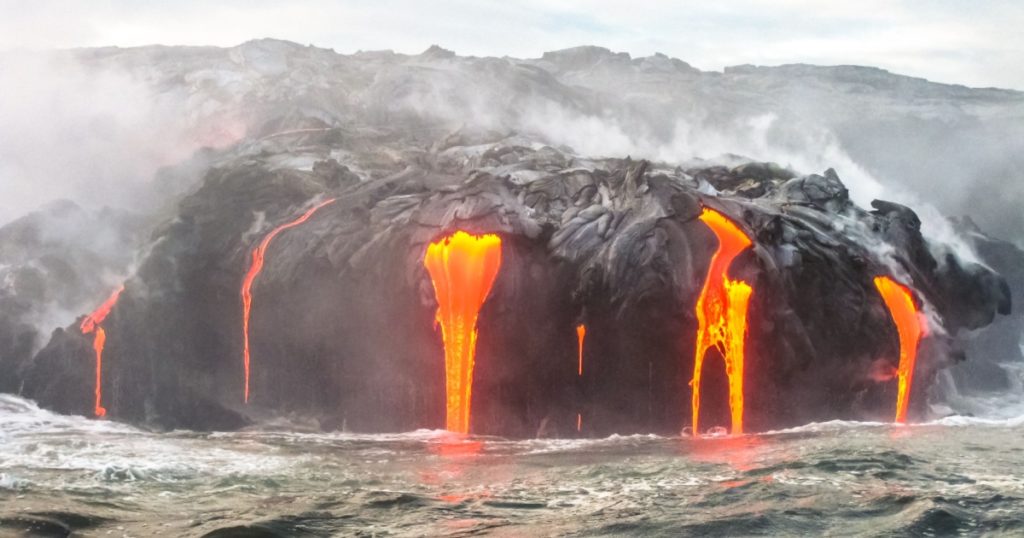
Kilauea Beach, located near the Kilauea Lighthouse and on Kauai’s northern coast, is well-known for its picturesque surroundings. Swimming at the beach is risky, though, because of the strong currents and waves. To protect their safety when visiting Kilauea Beach, beachgoers should use caution, pay attention to local warnings, and be aware of potential hazards.
Read More: Ireland Will Pay You $90,000 To Move To A Beautiful Island Home
31. Dumas Beach (India)
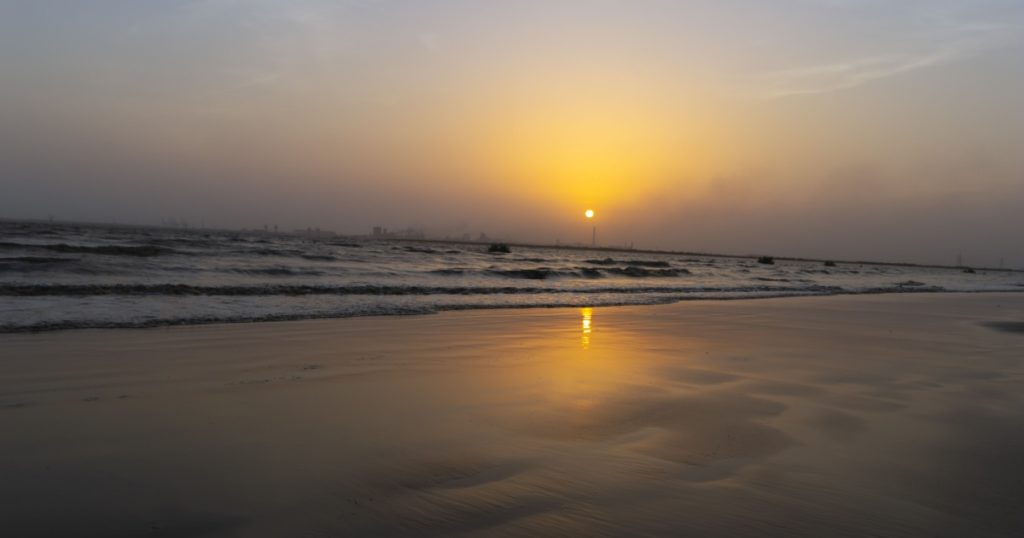
In Gujarat, India, Dumas Beach is close to Surat and is well-known for its black sand and picturesque vistas of the Arabian Sea. On the other hand, the beach has a reputation for being haunted, and local myths have added to its unsettling aura, which could put beachgoers at risk of psychological harm. Travelers should be mindful of the local legends and proceed with caution, considering the state of the environment as well as the possible influence of the area’s reputation on their experience.
32. The Amazon River (South America)
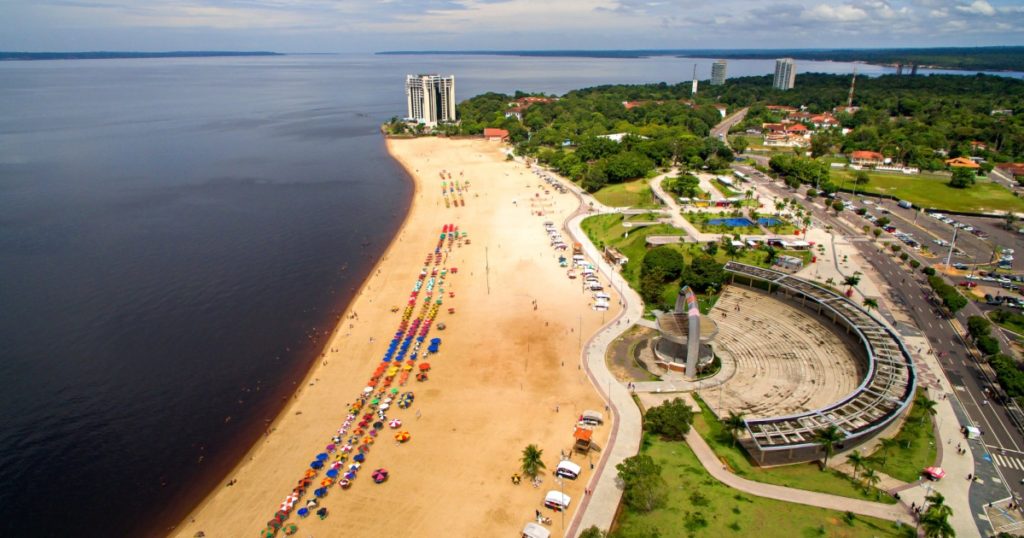
A famous river in South America, the Amazon passes through Brazil, Peru, and Colombia, among other nations. Although the Amazon is not known for its typical beaches, beachgoers may be at risk from potentially harmful wildlife, such as caimans, piranhas, and anacondas, in the river’s waters. This emphasizes the importance of exercising caution and awareness when exploring the river’s banks.
33. Manaus Beach (Brazil)
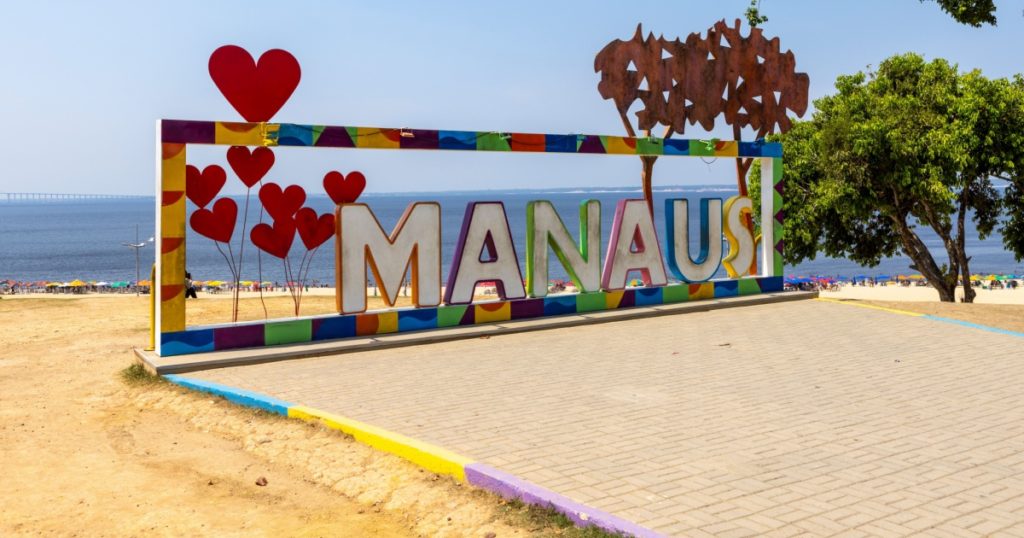
Because it is located deep inland along the Amazon River, Manaus, which is located in the center of Brazil’s Amazon Rainforest, is not typically recognized for its beaches. If there are any temporary or seasonal beaches in the area, visitors should exercise caution as there may be dangerous creatures in the river waters, such as caimans and piranhas. Beachgoers should remain alert and follow safety precautions to ensure a safe and secure experience.
34. Tamarama Beach (Sydney)
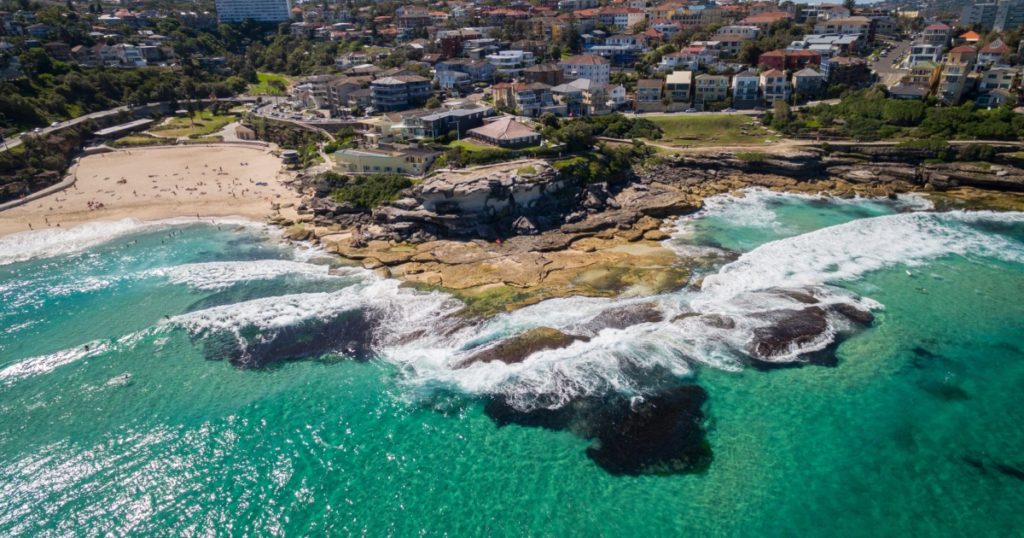
Sydney’s Tamarama Beach is well-known for its close proximity to Bondi Beach and natural splendor. To ensure a safe seaside experience, beachgoers must exercise caution, heed lifeguard directions, and be aware of potentially hazardous situations, as the beach can be dangerous due to severe rips and tremendous surf.
35. Cape Tribulation (Queensland)
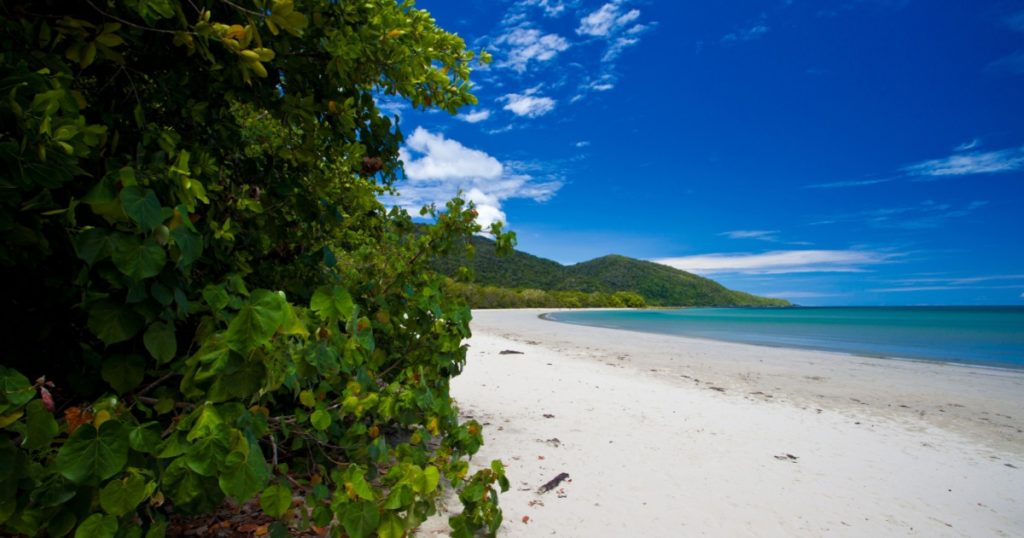
Along its coastline, Cape Tribulation in Queensland, Australia, presents a breathtaking fusion of reef and rainforest environments. The beach may be dangerous despite its natural beauty because of saltwater crocodiles and potentially dangerous marine stingers. This emphasizes the significance of paying attention to warning signals and exercising caution to protect beachgoers.
Read More: Read More: “We-shed.” One for You, the Other for Your Spouse
This content has, in part, been generated with the aid of an artificial intelligence language model. While we strive for accuracy and quality, please note that the information provided may not be entirely error-free or up-to-date. We recommend independently verifying the content and consulting with professionals for specific advice or information. We do not assume any responsibility or liability for the use or interpretation of this content.
